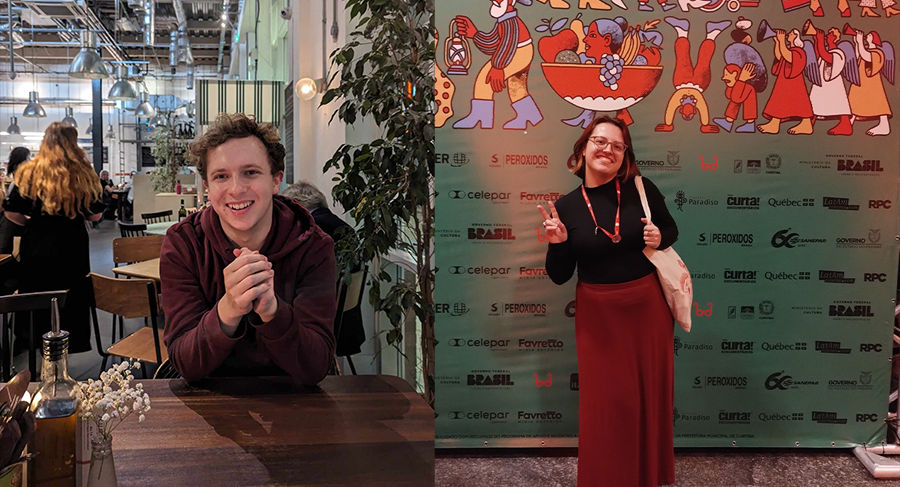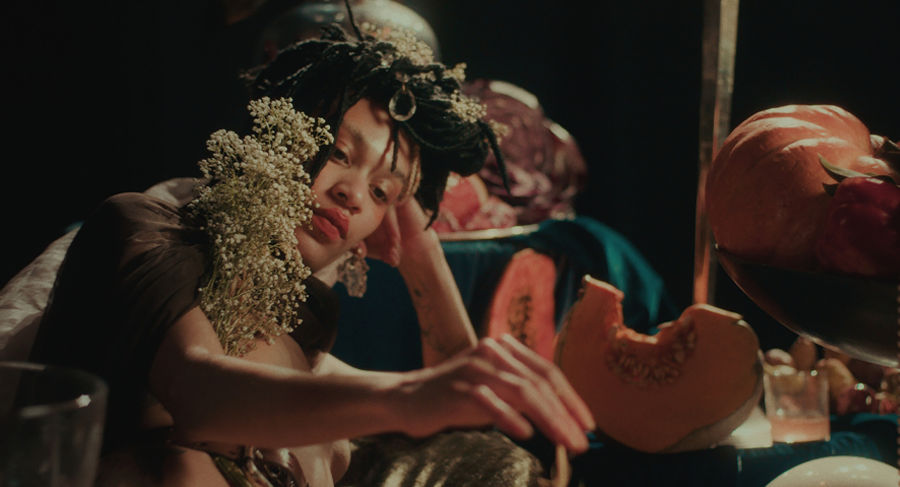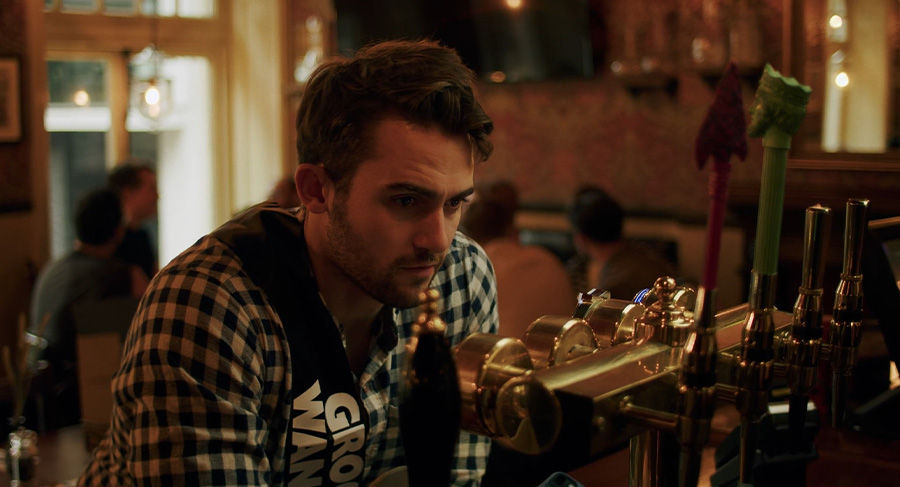How to start writing a screenplay with Fran Poletti
By Niki Khoroushi
01 April 2020
With the country in lockdown, and people isolated in their own homes, many have taken to social media to suggest that now might be the right time to write that novel or screenplay that’s been on your bucket list for years, but… where to start? We asked Fran Poletti, published author, screenwriter and tutor at MetFilm School London to give us her top tips on screenwriting.
What elements go together to make a great story? What are the necessary ingredients?
I always start with the character and what kind of psychological problem they are going to be dealing with. I imagine myself as their therapist. I mentally lie them down on the couch and start to uncover what needs resolving from their past that is causing issues in their present and future.
This is often cemented in the theme I wish to explore. I write darker dramas but with any story – you need a strong internal and external conflict to really get the story motor working. There needs to be a playfulness with tone to ensure a light and dark within the story world.
The tonal texture is vital to really keep an audience engaged. There also needs to be a primal drive within my characters; even if it is the most specific, niche dilemma and the world they find themselves in, I want to ensure it is saying something about the human condition and has a universal aspect. One of the last elements but to me, the most rewarding, is then giving them their voice. Through crafting the dialogue, I am able to play with subtext, revealing deeper meaning through what is and also what isn’t said on the page.
So… you’ve got your story idea – how do you share it/ tell the story?
I would try and get it down in just a few lines with a beginning, middle and an end (the most basic three-act structure) – in the form of a logline. Play around with this until it feels both complete and compelling. Try and tell your story to a friend – are they engaged? Do they want to discover more? If so, keep fleshing it out, digging deeper into your characters – discovering who they are and widening your story world and exactly what you are exploring through telling this tale.
You can then get it down as a one or two-page prose document, adding a couple of character bios and also a paragraph at the end stating why you want to tell this story. Then you have a form of an industry-standard document called a ‘one/ two-pager’ to add to your collection of ideas. If you pitch that idea in person to someone in the industry and they ask you to send over a treatment – you have it ready to go. This is one of the best ways to build up a body of ideas.
Are there some stories that don’t work well on screen? How do you work out what those are?
If a character is going through solely internal conflict, then that won’t work on-screen. There need to be both internal and external problems so we can SEE what they are up against. Conflict is the motor of any story. Often when the stakes are too low, and you’re too kind to your character, the story fails. We have to put them through the wringer! Keeping in mind the mantra: ‘show, don’t tell’ is a safe way to keep this in check. With a play, we expect lots of dialogue, with a novel we can have internal thought – screenwriting has to be visual storytelling at its best.
Other than content, is there a difference between telling a story to adults and telling a story to children?
It’s similar in many ways; you need the depth of character, to understand the psychology, figure out the conflict, thread everything together through a theme. It must be an excellent pitch. When you try it out you want everyone wanting to hear more. The trick is to go for what I call the ‘Pixar effect’. Don’t dumb down your content (obviously it has to be age-appropriate) but you can still be working on many layers whilst ensuring it’s accessible to a younger audience. Parents are the ones reading the books and their favourites are the ones that speak to them as well. As with everything, you have to have something to say about humanity, conflict and growth.
If you’re at a’ blank’, how / where can you find inspiration?
I love listening to podcasts. It can be anything from Esther Perel’s ‘Where Do We Begin’ to ‘The Moth’ and ‘This American Life’. I’m fascinated by local history and true crime, particularly in the Midlands and the North as I love writing colloquially and am always looking for stories back home to explore. Sometimes going to a gallery and losing yourself in another’s creativity can be very stimulating.
Discovering Cindy Sherman, Martin Parr and Nan Goldin in my twenties had a big impact – looking at how they see the world and the stories they captured. And then finally in real life. I’m really nosey! I come from a matriarchal family of big characters. We had a busy shop where I spent my childhood, and I still have breakfast in my local greasy spoon. Listening in to real-life drama is often the most inspiring! If that fails, set a stop-watch and just force yourself to free-write and break through the block.
Any advice for someone wanting to get into screenwriting?
Lots of people want to write, but how many have the discipline to actually set aside the time and energy it takes to do it? Not quite as many! You need to have that drive, discipline and focus. Set yourself deadlines, apply for competitions, gather together a portfolio. The power is in your pen. Write a feature, a pilot, a play and then people will start to take you seriously.
Books by Fran Poletti
A big thankyou to Fran Poletti for sharing her screenwriting advice!













